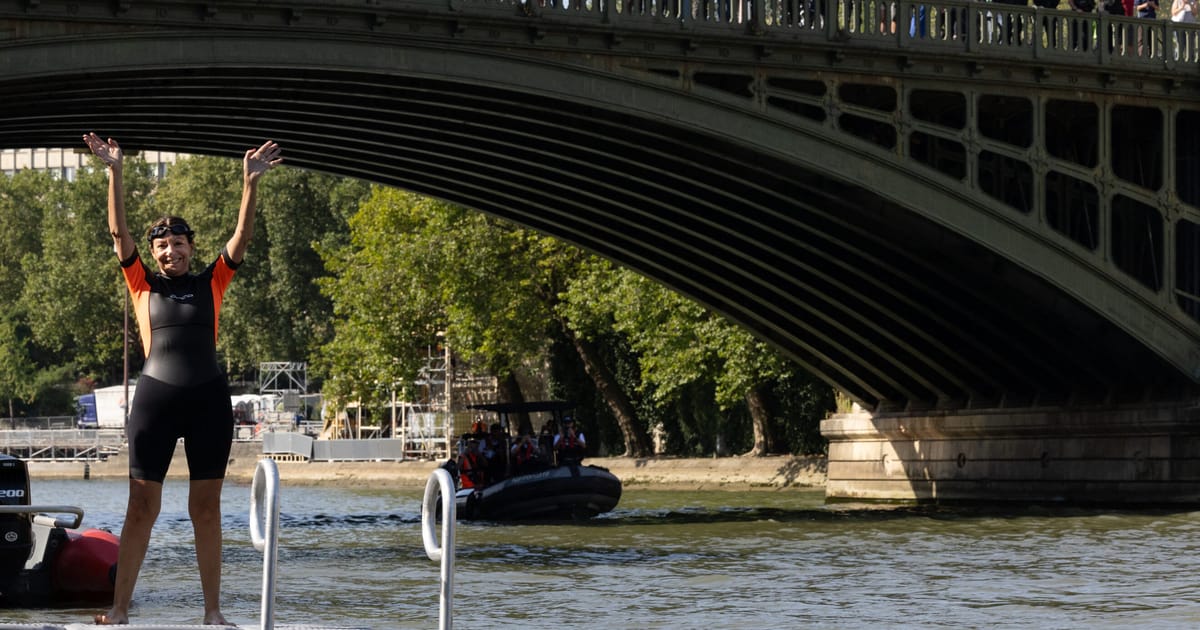

In an era where environmental and climatic changes are at the forefront of global discussions, various initiatives and judicial decisions are helping shape a sustainable future. These developments showcase an interconnected world where local actions and international rulings intertwine, promoting a harmonious balance between human activities and nature.
Commencing in Paris, a notable highlight is the reopening of the Seine River for swimming, for the first time in over a century. This project marks a significant achievement for Paris’ outgoing mayor, Anne Hidalgo, and reflects her dedication to enhancing the city’s green credentials. Focused on improving air quality and reducing pollution, the initiative serves as a potent symbol of urban regeneration and environmental rejuvenation. Swan back to the elegance of Parisian weekends, Parisians and tourists alike can now enjoy clean water swimming in several spots along the Seine, thanks to concerted efforts to elevate water standards and environmental conditions. This initiative also supports the upcoming Paris Olympics, providing a pristine setting that underscores the city’s commitment to a sustainable future.
While urban spaces like Paris celebrate green advancements, on the global stage, judicial actions reinforce the urgency of environmental responsibility. The Inter-American Court of Human Rights recently established a substantial legal precedent by affirming the human right to a stable climate. This ruling mandates that countries respond proactively to climate change, acknowledging the disproportionate impact climate-related issues have on vulnerable populations. Described as carrying “extraordinary risks,” the court’s decision strengthens the resolve for nations to align their policies with the global consensus on securing environmental justice. It serves as a clarion call for policymakers worldwide to integrate sustainable practices into governance, ensuring that every citizen can enjoy the fundamental right to live in a balanced ecosystem.
Meanwhile, in the United Kingdom, a project initially aimed at enhancing biodiversity has faced challenges. The A14 bypass in Cambridgeshire promised to bring a boost in wildlife with a projected 11.5% biodiversity net gain. However, the reality presents a stark contrast as most of the 860,000 trees planted are failing to thrive. Despite these setbacks, patches of resilience are evident where certain species, like young hawthorn, manage to survive, offering a hopeful narrative of nature’s capability to endure and adapt. The situation underscores the complexity of environmental projects and highlights the need for continued monitoring, adaptation, and commitment to genuine sustainability.
Further highlighting the tension between human safety and environmental conservation is the temporary closure of the Sintra-Cascais Natural Park in Portugal due to elevated wildfire risks. As climate conditions heighten the possibility of rural fires, authorities restrict access to protect natural reserves. This preventive measure emphasizes the balance required in preserving both community safety and ecological integrity, ensuring that natural habitats are safeguarded against increasing environmental threats.
These diverse stories of progress, setbacks, and judicial affirmations paint a vivid picture of the ongoing efforts to realign human activities with environmental stewardship. As cities, courts, and communities worldwide navigate the path toward sustainability, each step taken contributes to a larger tapestry of hope, resilience, and collective responsibility. Through awareness, innovation, and collaboration, a harmonious balance with our environment becomes not just an aspiration, but an achievable reality.
Source: {link}
